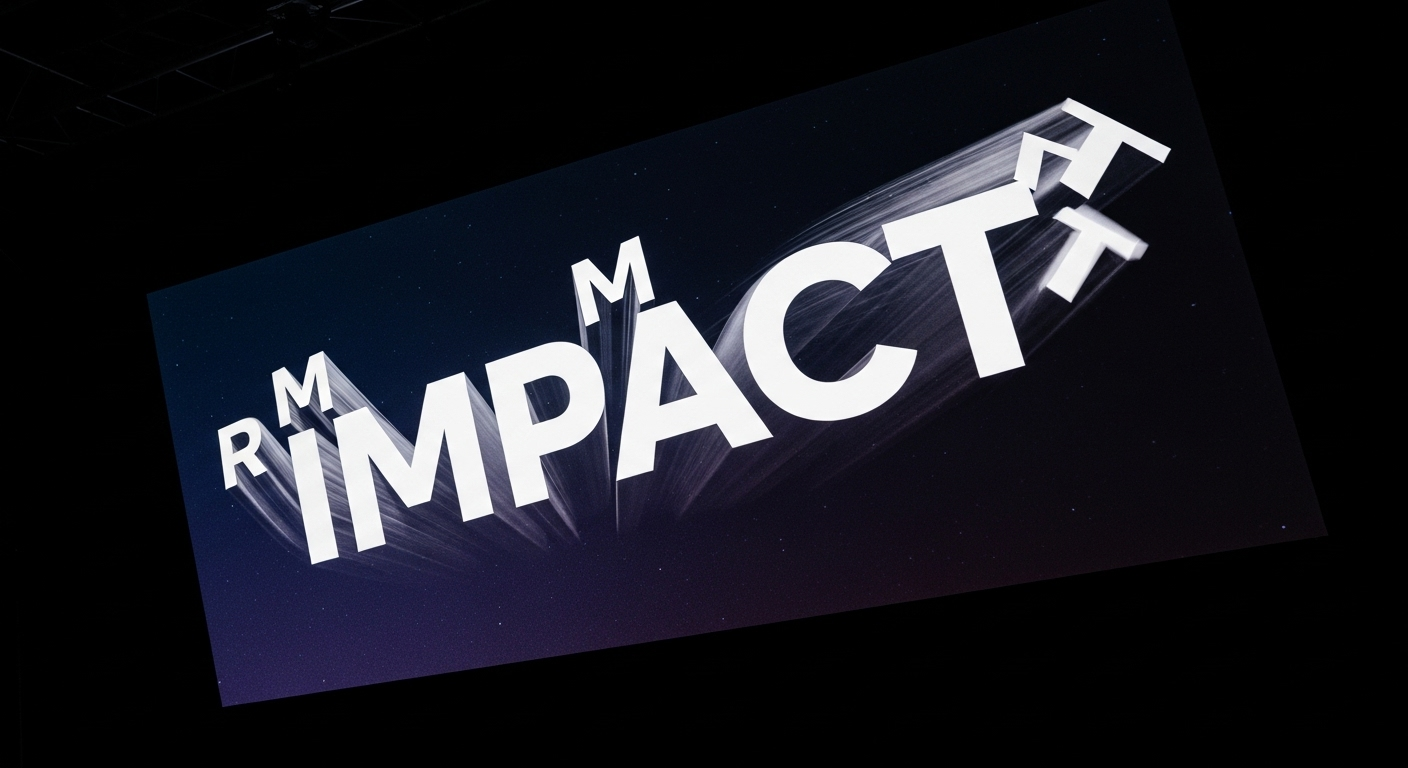Personal Loans Explained: A Practical Borrower's Guide
Explore how personal loans can cover home updates, major purchases, medical bills, or consolidate debt. This guide breaks down loan types, qualifying criteria like credit score and income, typical costs and APR ranges, and the pros and cons to help you choose the right loan for your situation. Learn how to evaluate offers, compare rates, and borrow responsibly with clear, practical advice.

Types of personal loans
Personal loans come in several formats designed to meet different financial needs. Fixed-rate loans lock in a constant interest rate for the duration of the term, making monthly payments predictable. Variable-rate loans start with rates that can move up or down based on market indexes, which may lower initial costs but introduce uncertainty over time. Secured personal loans require collateral such as a vehicle or savings account; because they reduce lender risk, secured loans often carry lower interest rates. Finally, debt consolidation loans are a specific use of personal loans, intended to roll multiple balances into a single payment and, ideally, a lower overall interest expense.
What lenders look for
When you apply, lenders evaluate both hard numbers and the broader stability of your finances. Key factors include your credit score — many lenders prefer scores of roughly 640 or higher to qualify for competitive APRs — and your debt-to-income ratio, which shows how much of your monthly income goes to paying obligations. Consistent employment and steady income strengthen an application, as does a clean payment history. Presenting accurate documentation and minimizing outstanding debts can improve approval odds and result in better loan terms.
Common reasons people borrow
Borrowers use personal loans for many purposes because of their flexibility. Typical uses include financing home improvement projects, covering unexpected medical expenses, funding weddings, purchasing large items, or consolidating high-interest credit card debt into a single repayment. While personal loans can be versatile, consider whether the cost of borrowing justifies the purchase or expense. For instance, using a loan to consolidate credit card debt can reduce interest but only if it replaces high-interest balances without adding new debt.
Costs, terms, and a lender comparison
Personal loans vary widely in APRs, available amounts, and repayment terms. Below is a snapshot of typical offerings from several well-known lenders to give a sense of market ranges and options.
| Lender | APR Range | Loan Amounts | Term Length |
|---|---|---|---|
| Marcus by Goldman Sachs | 7.99% - 24.99% | $3,500 - $40,000 | 36-72 months |
| LightStream | 7.49% - 25.49% | $5,000 - $100,000 | 24-144 months |
| SoFi | 8.99% - 23.43% | $5,000 - $100,000 | 24-84 months |
| Discover | 7.99% - 24.99% | $2,500 - $35,000 | 36-84 months |
Prices, rates, or cost estimates mentioned in this article are based on the latest available information but may change over time. Independent research is advised before making financial decisions.
Beyond interest rate and term, be aware of fees that affect total cost. Origination fees may be deducted from your loan proceeds or added to the balance. Some lenders charge prepayment penalties if you pay off the loan early, though many consumer-focused lenders do not. Compare APRs, fee structures, and total repayment amounts rather than only the advertised rate.
Benefits and drawbacks to weigh
Personal loans have several advantages. Fixed monthly payments make budgeting easier, and personal loan interest rates are often lower than those on credit cards, particularly for borrowers with solid credit. A debt consolidation loan can simplify finances and potentially reduce interest charges.
There are downsides as well. Some loans include origination fees, and taking on new monthly payments reduces cashflow flexibility. If a secured loan is used and you default, you risk losing the collateral. Variable-rate loans introduce interest-rate risk, meaning monthly payments could increase. Carefully review the loan agreement to understand all obligations before accepting an offer.
How to choose and use a loan responsibly
Start by clarifying the purpose and required amount. Shop and prequalify with multiple lenders to see estimated rates without multiple full-credit pulls when possible. Improve your standing before applying by reducing outstanding balances, correcting any credit report errors, and avoiding major new credit inquiries.
Calculate total repayment, not just monthly payment. Use the APR and term to determine how much you will pay over the life of the loan, and compare that to alternatives such as credit card offers, home equity options, or waiting and saving. If your goal is debt consolidation, create a plan to avoid accumulating new debt after consolidation.
Final thoughts
Personal loans can be powerful tools when matched to a clear financial objective and selected carefully. Understanding types of loans, what lenders evaluate, typical uses, and the full cost picture will help you make an informed decision. Borrow only what you can comfortably repay, compare multiple offers, and read the fine print — doing so increases the likelihood that a personal loan will support your financial goals rather than create new challenges.





